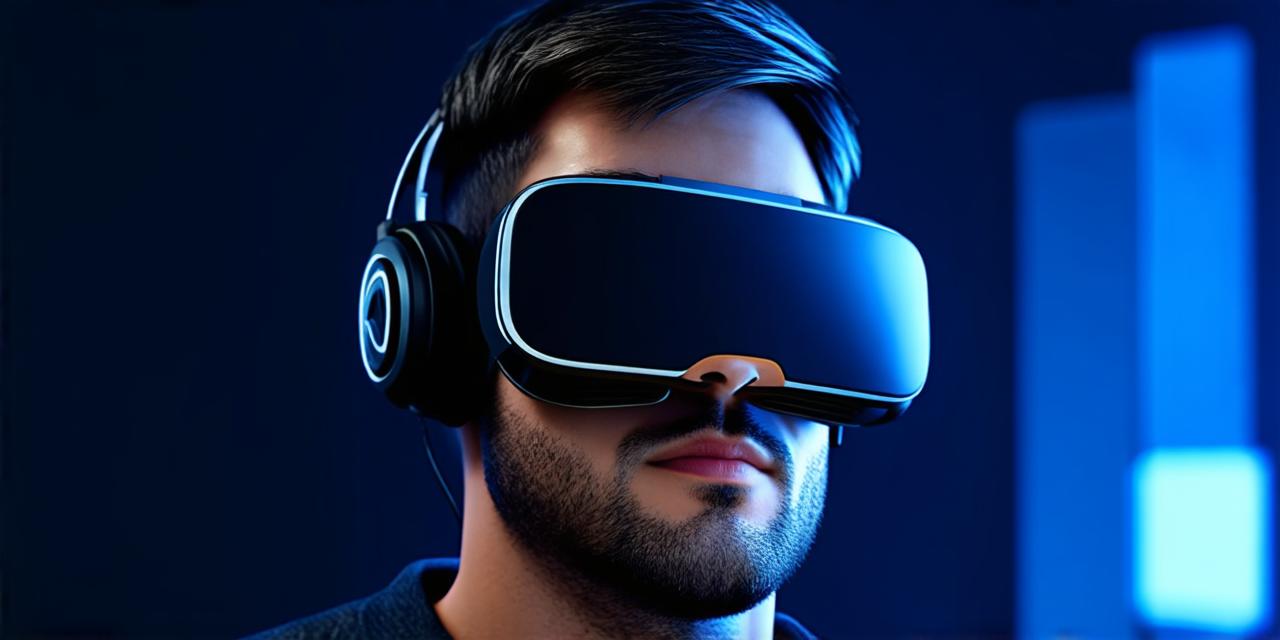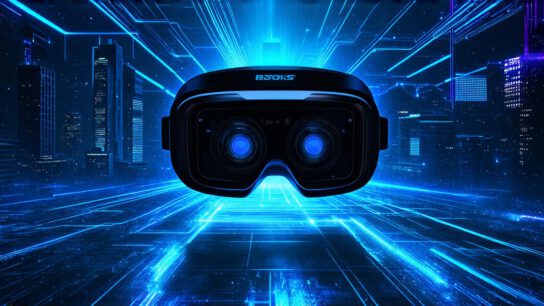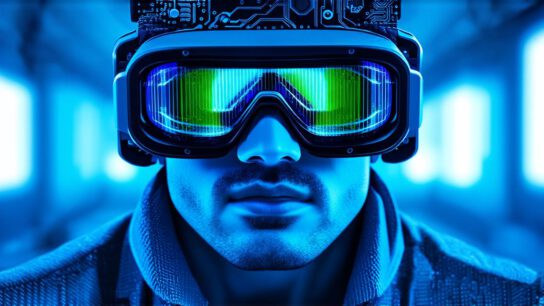<!DOCTYPE html>
Introduction: The Quest for Realism in Virtual Reality
Virtual reality (VR) technology has come a long way since its inception, with advancements in hardware and software making it increasingly accessible to consumers. However, despite these improvements, questions still remain about how realistic the experience of VR truly is. In this article, we will explore this topic from the perspective of VR developers, examining the latest research and experiments to determine how close we are to creating truly immersive virtual worlds.
The Science Behind Virtual Reality
Virtual reality technology relies on a combination of hardware and software to create an immersive experience for the user. The primary components of a VR system include:
* Head-mounted display (HMD): A device that sits on the head and tracks the user’s movements, allowing them to look around and interact with virtual objects in a 360-degree environment.
* Motion tracking: A system that uses sensors and cameras to track the user’s movements, allowing them to move their body in response to virtual objects and environments.
* Computer hardware: The powerful computers needed to render and display the virtual environment, as well as handle the motion tracking and other computational tasks required by VR.
* Software: The programs that create and control the virtual environment, including the graphics, audio, and other interactive elements.
The science behind VR technology is based on the principle of creating an illusion of presence in the user. This illusion is achieved through a combination of factors, including the use of high-resolution displays, stereoscopic displays (which create a 3D effect), and motion tracking systems that accurately track the user’s movements.
Realism vs. Immersivity: What Matters Most?
While virtual reality technology has made significant progress in recent years, questions still remain about how realistic the experience truly is. Some argue that immersive experiences are more important than realism, while others believe that realism is essential to achieving a truly believable virtual environment.
Immersivity refers to the feeling of being fully present and engaged in a virtual environment. This can be achieved through a variety of factors, including:
* High-quality graphics and audio: Realistic visuals and sounds that create a sense of presence and depth in the virtual world.
* Haptic feedback: The use of physical sensations, such as vibrations or pressure, to simulate interactions with virtual objects.
* Interactivity: The ability for the user to interact with virtual objects and environments in a meaningful way.
Realism, on the other hand, refers to how closely the virtual environment resembles the real world. This can be achieved through:
* Accurate modeling of physical objects: Using advanced computer graphics techniques to accurately model and render virtual objects, including their shape, texture, and lighting.
* Real-time physics simulations: Simulating the behavior of physical objects in a virtual environment, allowing for realistic interactions with virtual objects.
* Environmental modeling: Creating accurate representations of real-world environments, including buildings, landscapes, and other natural features.
Case Studies: The Evolution of Virtual Reality Realism
To better understand how close we are to achieving truly immersive and realistic virtual experiences, let’s examine some case studies from the world of VR development.
1. Oculus Rift and HTC Vive: Two of the most popular VR systems on the market today, Oculus Rift and HTC Vive both offer high-quality graphics and immersive experiences that have helped to establish virtual reality as a mainstream technology. While these systems still have their limitations in terms of realism, they represent a significant step forward in the evolution of VR technology.
2. Unity: One of the most popular game engines on the market today, Unity is used by many developers to create immersive and realistic virtual experiences. With features like real-time physics simulations and advanced graphics capabilities



